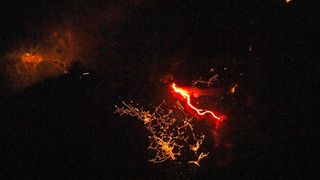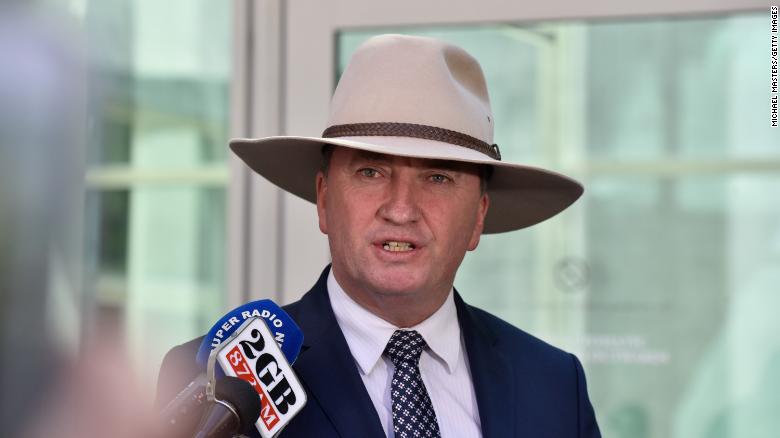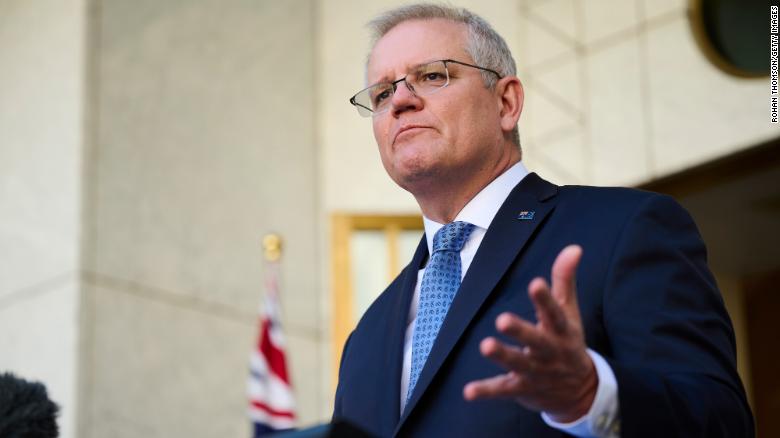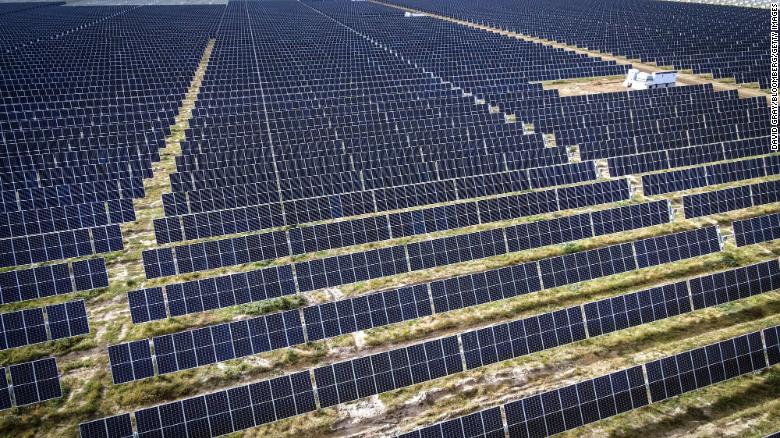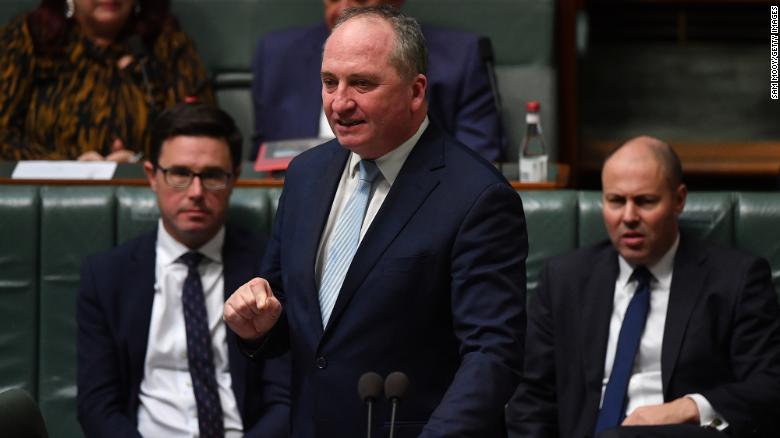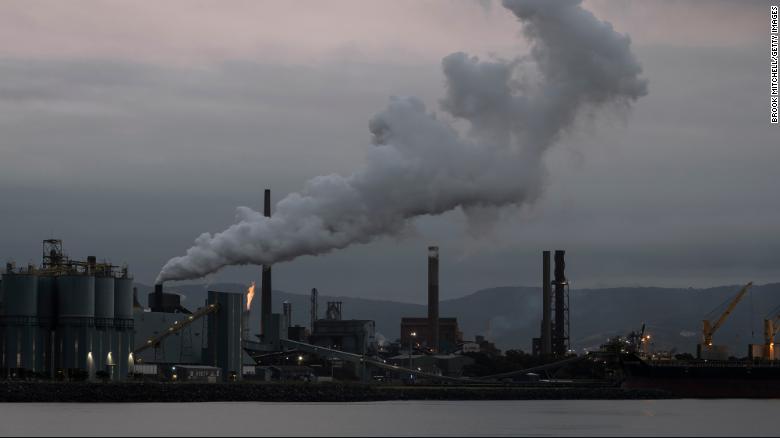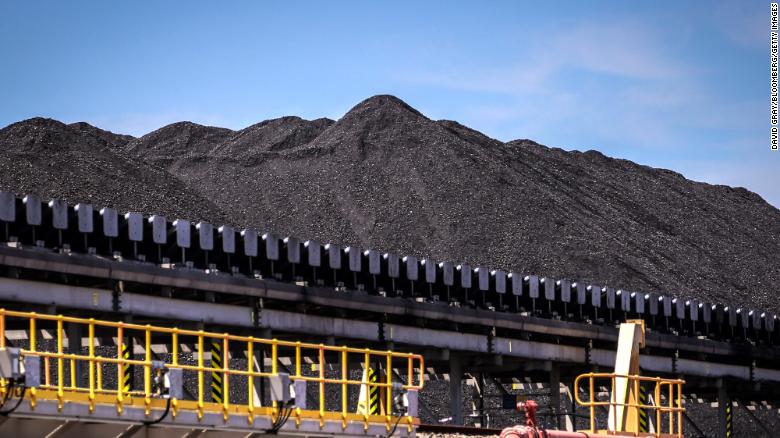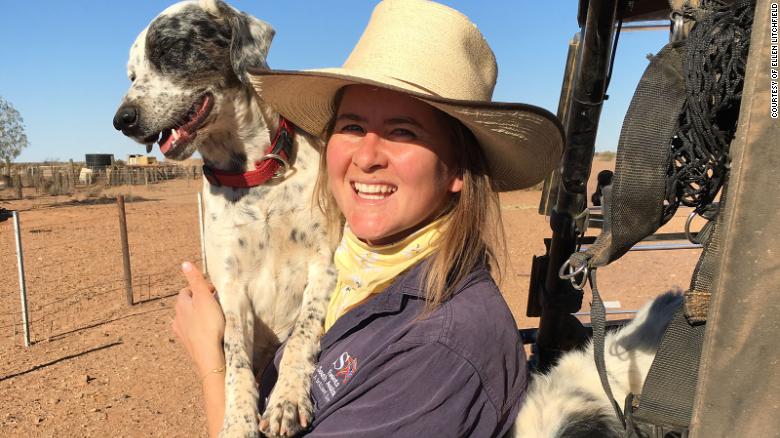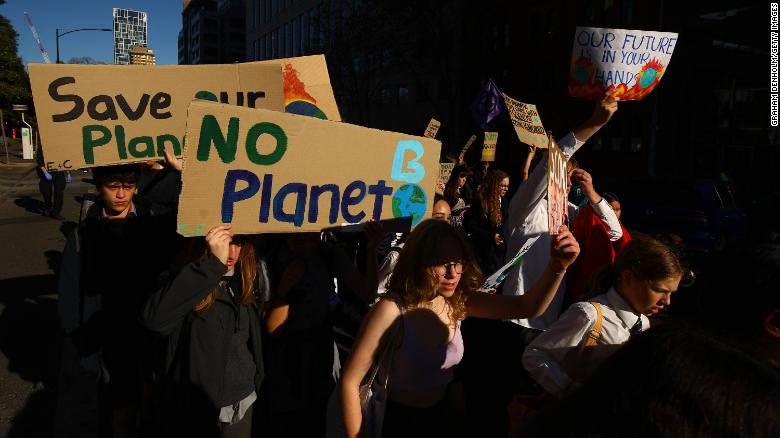Story of U.S. vice president from Ky., his enslaved wife shows how history surprises us.
Paul Prather
Fri, October 1, 2021,
Recently on a beautiful fall afternoon, my wife Liz and I visited Great Crossing in Scott County, looking (unsuccessfully, as it turned out) for the farm of one of Kentucky’s more amazing, and largely forgotten, figures.
Richard Mentor Johnson (1781-1850) led a stranger-than-fiction life. The product of a prominent Central Kentucky family, he rose to greater heights than any of his kin: hero of the War of 1812, U.S. representative, U.S. senator and, ultimately, vice president of the United States under President Martin Van Buren.
Along the way, he defied all conventions. His story demonstrates how complex and hard-to-pigeonhole our forebears actually could be.
In the 1813 Battle of the Thames, fought in Canada, Johnson led a regiment of Kentuckians against British regulars and their Native American allies. Although wounded multiple times, Johnson not only prevailed in the attack, but was alleged to have personally slain the famous Shawnee chief Tecumseh. He became a national hero.
But he was far from a one-dimensional warrior. A devout Baptist and a proponent of education, Johnson in the 1820s set up the Choctaw Academy on his Blue Spring farm near Great Crossing, according to the Kentucky Encyclopedia.

The Choctaw Academy was established by Richard Mentor Johnson in 1825 near Stamping Ground in Scott County to educate American Indian youth. The school, which closed in 1845, was one of the nation’s first inter-racial schools. Several local white families also sent their sons there.More
Not only the Choctaw but many other tribes sent boys there to study “reading, writing, arithmetic, grammar, geography, practical surveying, astronomy, and vocal music.”
By 1835, enrollment approached and may have exceeded 200. A Choctaw chief described Johnson as a man with a noble impulse and a big heart.
Still, the school closed in the 1840s. The Choctaw had been removed to Indian Territory (now Oklahoma), and the Kentucky academy had been supplanted by mission schools there.
Some students who attended the Choctaw Academy became successful in business and tribal politics. Others found it difficult to return to their tribes, because they’d lost touch with their relatives and Native American customs.
“Unable to cope with the changes, many of these young men would go on to commit suicide,” says the website Kentucky Historic Institutions.
More remarkable, though, and scandalous to his contemporaries, was Johnson’s unique relationship with Julia Chinn, an enslaved woman who had been given to Johnson as part of his father’s estate.
Many white men had sexual relationships with enslaved women—think of Thomas Jefferson, for example. Most such relationships amounted to rape.
Johnson, however, instead of hiding and denying his actions as other white men did, openly lived with Chinn, declared her his “bride” and even wed her in a private ceremony, although antebellum laws against mixed-race marriages prohibited their union from being legally sanctioned. Their common-law marriage lasted two decades.
Chinn wore the finest fashions, befitting the wife of a wealthy man, and co-hosted Johnson’s parties at Blue Spring plantation. In 1825, the couple hosted the Marquis de Lafayette, the Washington Post said in a February 7 article about Johnson and Chinn.
During Johnson’s long absences to serve in Washington, D.C., Chinn ran his 2,000-acre plantation, and Johnson told his white employees to respect and obey her as they would him. She also ran the Choctaw Academy’s medical ward.
The couple had two daughters, Imogene and Adaline. Johnson gave them his last name. He insisted they be fully accepted by white society as his children.
“But when he spoke at local July 4 celebration, the Lexington Observer reported, prominent White citizens wouldn’t let Adaline sit with them in the pavilion,” the Washington post said. “Johnson sent his daughter to his carriage, rushed through his speech and then angrily drove away.”
Chinn died of cholera in 1833. For reasons I haven’t seen explained, Johnson never emancipated her. He may have loved her and obviously considered her his wife, but legally she remained enslaved until her death.
Meanwhile, Johnson’s political opponents pilloried him for his interracial relationship and children.
After Johnson’s own death 17 years after Chinn, his brothers destroyed his papers in an attempt to keep his surviving daughter, Imogene, from inheriting his estate. It may also be that they wanted to shield the record of Johnson and Chinn’s union from history.
Amrita Chakrabarti Myers, a professor at Indiana University, has written a book about Chinn, “The Vice President’s Black Wife,” that’s scheduled to be published by the University of North Carolina Press.
Myers has contrasted the attention lavished on Henry Clay, another Kentuckian of the same period, with the comparative obscurity of Johnson.
“The whole thing is depressing,” she wrote in an online essay. “The main house at Johnson’s Blue Spring Farm is gone, the cemeteries on the land are overgrown and have disappeared to the naked eye, and the only remaining school building is about to crumble into the ground.”
Meanwhile, in nearby Lexington, “thousands of visitors annually stream through the impeccably maintained gardens and halls of Ashland, the home of Henry Clay, Kentucky’s other great antebellum statesman. The contrast between the two sites couldn’t be any starker. And the difference has everything to do with race.”
It’s because of characters like Johnson and Chinn that I love reading and researching history. You find again and again that human beings have always been complicated and self-contradictory and surprising. The times have always been complex.
Paul Prather is pastor of Bethesda Church near Mount Sterling. You can email him at pratpd@yahoo.com.
The Erasure and Resurrection of Julia Chinn, U.S. Vice President Richard M. Johnson’s Black Wife.
Posted on March 3, 2019 by admin
Great Crossing Baptist Church lies nestled in the curve of a quiet country lane just outside Georgetown, Kentucky. Founded by Vice President Richard M. Johnson’s parents in 1785, it was where his enslaved wife, Julia Chinn, was baptized in 1828, and where she and Richard worshipped. While the first sanctuary burned down in 1925, the cemetery behind the building contains markers dating back to the 1790s. Many Johnsons are buried in this tiny stone-walled graveyard, including both of Richard’s parents. Richard is buried in the state cemetery in Frankfort, and an enormous monument marks his gravesite. We don’t know, however, where Julia, his wife of 22 years, is buried. The location of her grave has disappeared, just as her very existence was erased from the history books, and from the memories of her own descendants, in a nation still wrestling with its history of slavery and interracial sex.
The whole thing is depressing: The main house at Johnson’s Blue Spring Farm is gone, the cemeteries on the land are overgrown and have disappeared to the naked eye, and the only remaining school building is about to crumble into the ground. Thought to have been one of the dormitories of an Indian school located on the property, the building’s doors and windows are boarded over, and its roof and back wall have caved in. On the right-hand side of the driveway stands an antebellum-era building. Made of stone, it is so overgrown with weeds, grasses, and brush that it is barely visible. There are holes in the roof and broken glass in the windows, but it looks sturdier than the Choctaw Academy school building. It is believed to have been one of the slave cottages or a kitchen building at Blue Spring.
The very air of the ninth vice president’s farm reeks of sadness and neglect.
On the other hand, just a few miles away, thousands of visitors annually stream through the impeccably maintained gardens and halls of Ashland, the home of Henry Clay, Kentucky’s other great antebellum statesman.
The contrast between the two sites couldn’t be any starker. And the difference has everything to do with race.
Make no mistake: Richard’s decision to live publicly with Julia and their children, Imogene and Adaline, and Henry’s decision to hide his black “mistresses” in the slave quarters and sell their offspring downriver to New Orleans, played enormous roles in how the two men are remembered today. It is, in my opinion, the reason why Ashland is a tourist attraction and can be rented for weddings, and why Blue Spring Farm no longer exists.

It’s also why Julia Chinn has disappeared from sight and memory.
Born in 1780, Richard Mentor Johnson was a career politician who lived in the public eye for over forty years; he should have left behind a large collection of archival materials. While I wasn’t interested in writing a book about Richard, I knew I’d have to use his records to write about Julia; I would have to go through him to get to her. This is one of the realities of the work I do: in order to reconstruct the lives of black women who lived in the Old South, I have to use records created by white men, the very people who not only oppressed black women but who never intended for their materials to highlight black women’s voices.
I knew this would be one of my biggest challenges as I undertook writing Julia’s story. I was prepared for that. What I wasn’t ready for was the fact that there was no massive collection of Johnson’s archival materials anywhere. How was this possible? I’m now certain that when Richard died in 1850, his two surviving brothers destroyed his records to try to erase all evidence of his black wife and children. This was partly so they could inherit what little property Richard died still owning, and partly because they were ashamed that he had been involved with an enslaved woman for over twenty years.
I was devastated when I realized what those two men had done. Especially since Julia, Imogene, and Adaline, unlike most southern black women at the time, were literate. Amongst the papers the men had burned, then, were likely hundreds of precious letters that the three women had written to Richard during the months he lived in Washington each year while they remained in Kentucky overseeing the family farm. What the men couldn’t do, however, is destroy the letters that Richard wrote to other people, or the newspapers, church materials, and government records that existed. It is these documents that have allowed me to reconstruct Julia’s story.
While doing my research, I was struck by how Julia had been erased from the history books. Nobody knew who she was. The truth is that Julia (and Richard) are both victims of legacies of enslavement, interracial sex, and silence around black women’s histories. The reality of this was driven home to me when I met some of Julia’s and Richard’s relatives, none of whom knew, until they were older, that they were descended from a vice president. And this was no accident. At some point in the early twentieth century, perhaps because of heightened fears of racism during the Jim Crow era, members of Imogene Johnson Pence’s line, already living as white people, chose to stop telling their children that they were descended from Richard Mentor Johnson… and his black wife. It wasn’t until the late 20th century that younger Pences, by then already in their 40s, 50s, and 60s, began discovering the truth of their heritage.
In 2019, we’re still working to resurrect black women’s lives and stories. And I’m searching for Julia Chinn’s and her younger daughter’s graves. While Richard is buried in Frankfort, and Imogene and her husband, Daniel, are buried on their own farm, just across the creek from the main family home at Blue Spring, no one knows where Julia (who died from cholera in 1833) and Adaline were laid to rest. I’m positive that they were buried on the home plantation, however, and I’m trying to have ground penetrating radar equipment brought out to Blue Spring to locate their graves. I hope that we will be able to identify Julia’s and Adaline’s gravesites to mark the locations with stones so we can honor their memories. For me, it’s important we do this as a way to proclaim, once more, that Black Women’s Lives, and Stories, Matter.
Amrita Chakrabarti Myers is Ruth N. Halls Associate Professor of History and Gender Studies at Indiana University in Bloomington. She is the author of the multiple-award-winning book, Forging Freedom: Black Women and the Pursuit of Liberty in Antebellum Charleston, 1790–1860. Look for her book on Julia Chinn, The Vice President’s Black Wife: Resurrecting Julia Chinn, in 2020. Follow her on Twitter @CountessCanuck.
Posted in abwhtruth



